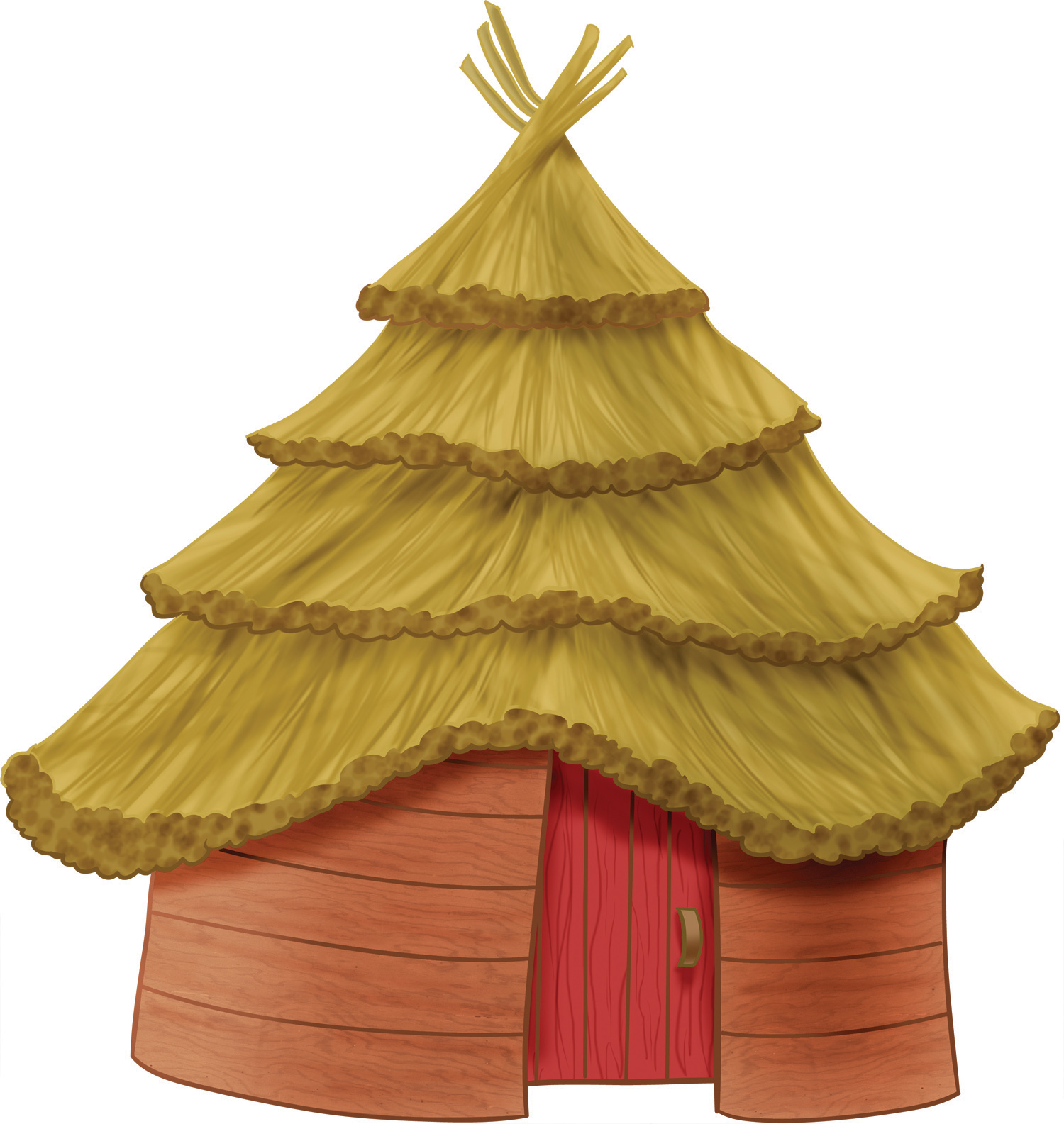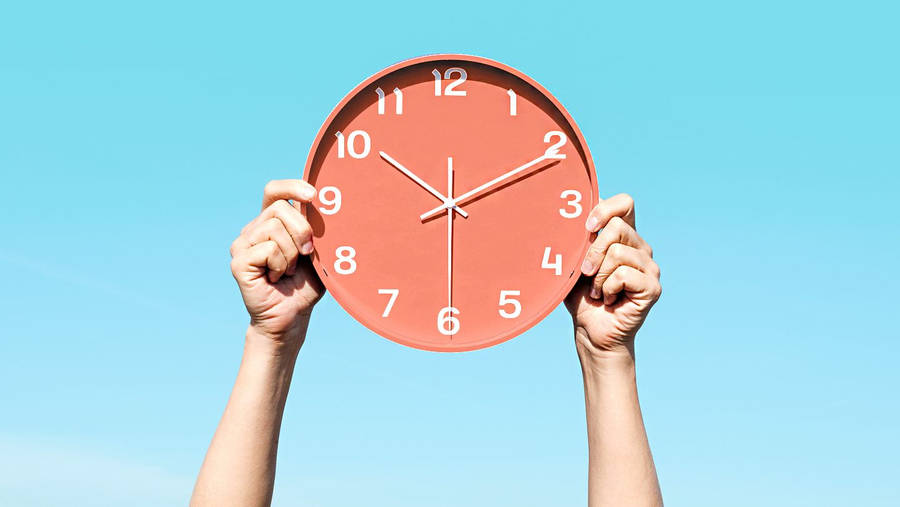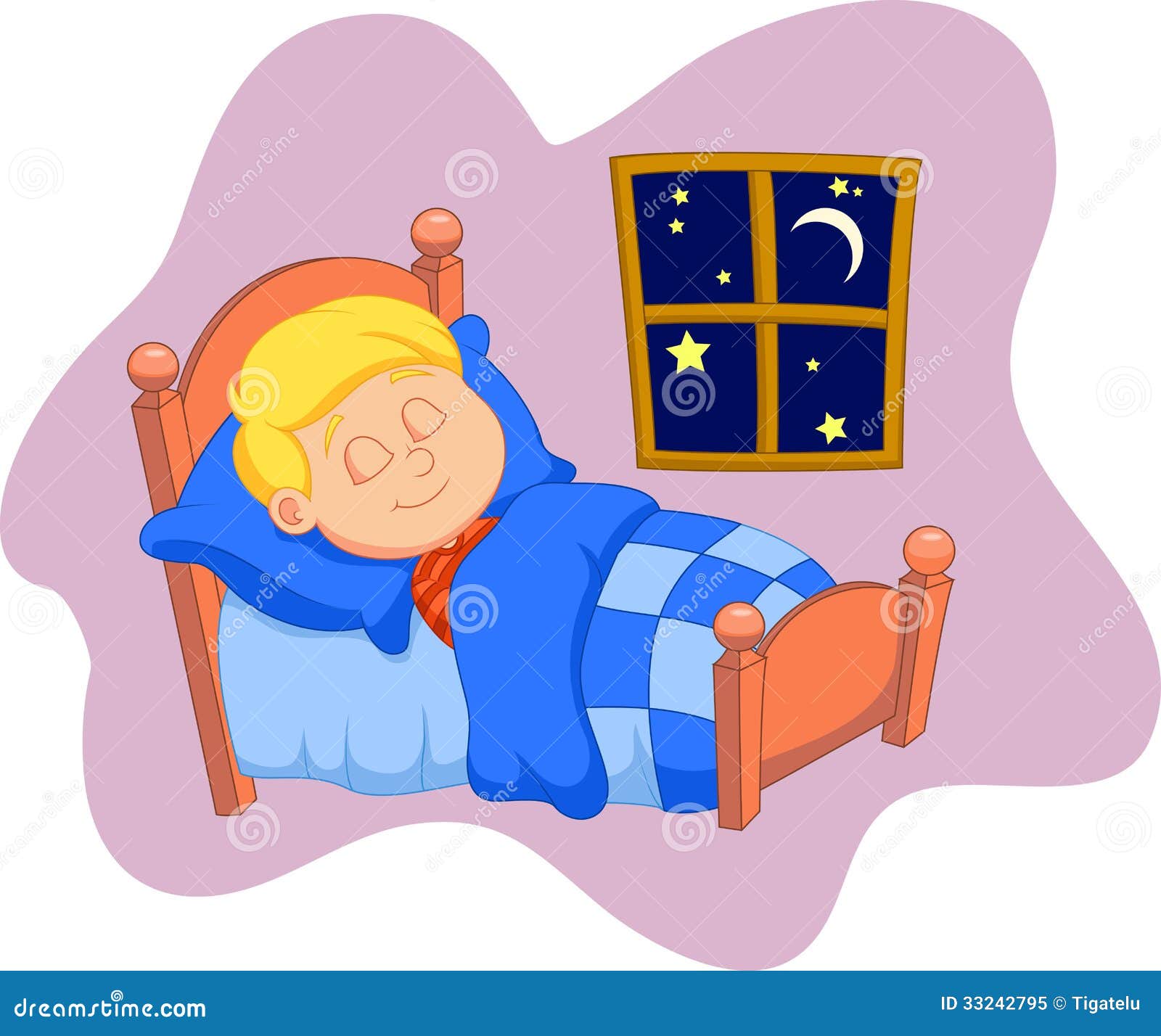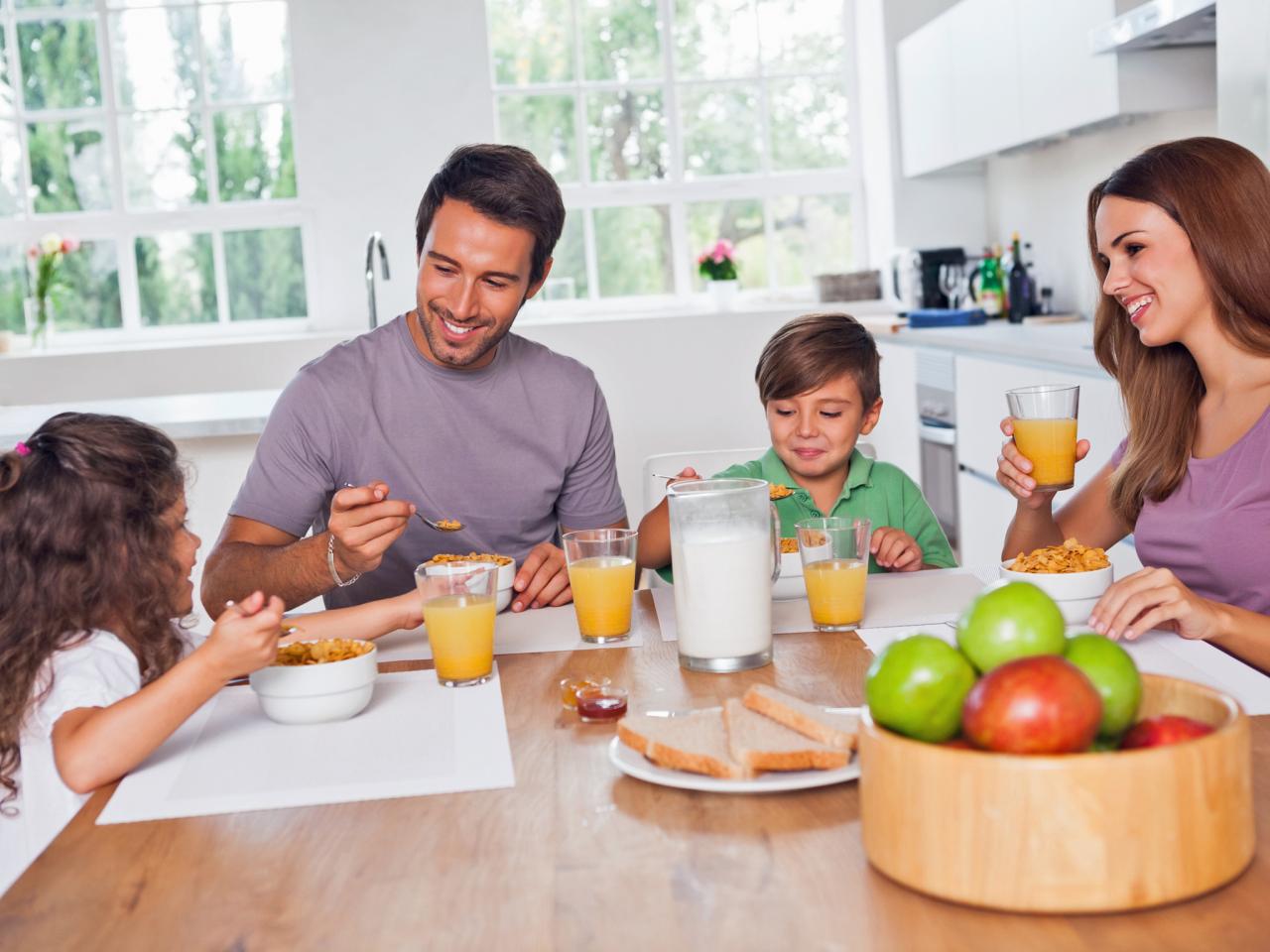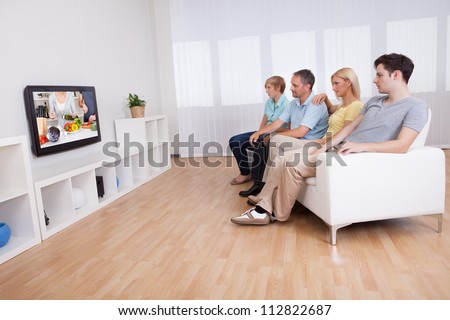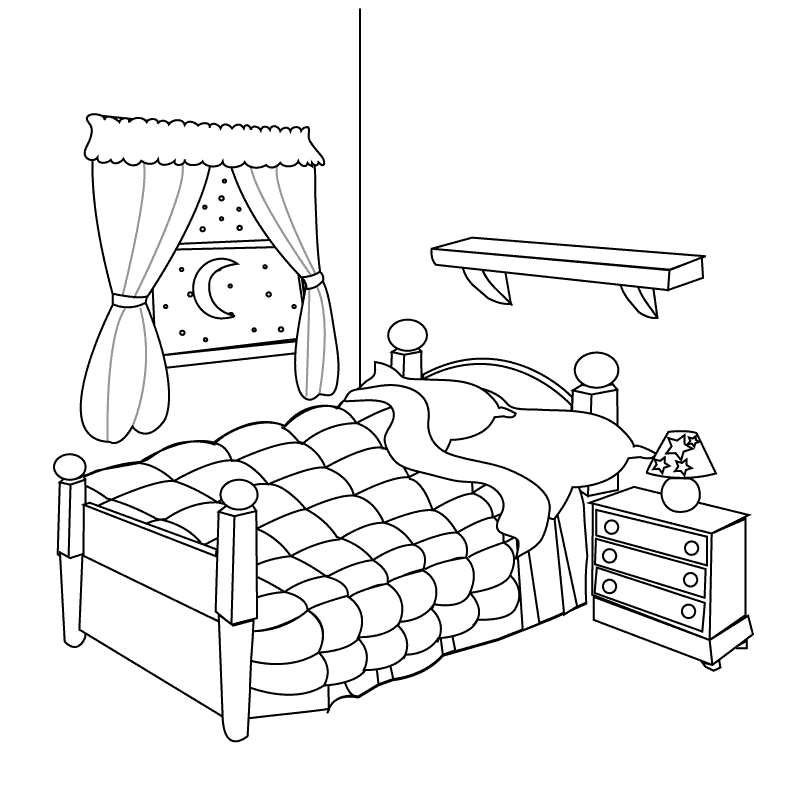Si queréis ver la presentación en PPT que he realizado como proyecto Final del curso debéis ir al siguiente enlace de "Slideshare":
https://es.slideshare.net/ElisabethSnchezRodrguez/proyecto-final-48226842
sábado, 16 de mayo de 2015
lunes, 11 de mayo de 2015
"I LOVE MY HOUSE"
“I
LOVE MY HOUSE”
I’m going to work with children from the First Level in Primary Education,
during the Science classes. It will take three
weeks, because we have 2 hours per
week in this subject.
The contents
are going to be the following:
·
Types
of houses.
·
Elements and parts of a house
·
Furniture in bedroom, bathroom, kitchen and
living room.
And the different learning outcomes in which I’m going to base my evaluation are these ones:
·
Differentiate
different types of houses.
·
Learn
that people in different countries live in different types of houses.
·
Identify
the elements of a house.
·
Identify
furniture in bedroom and bathroom.
·
Identify
furniture in kitchen and living room.
·
Introduce writing.
·
Identify
different parts of the house.
·
Understand
the general and specific meaning of the story.
·
Show
their own houses to their classmates.
·
Review
all the contents learnt
The
vocabulary and structures
that I consider are necessary to practice in this unit is mentioned bellow
·
Revision: weather (sunny, rainy, cloudy, windy), days ,
months, numbers.
·
New voc. Types of
houses (flat, house, hut, igloo), Where
do you live? I live in a …
·
Parts of a house: floor, garden, kitchen,
bedroom, living room, bathroom, door, roof, window, balcony, stairs, lift,
blinds
·
High
Frequency Words:I, this, my, in, the,is
·
Kitchen,
pan cooker, fridge,
living room, sofa, TV, armchair, lamp, cupboard, table, chair, plant, phone,
bedroom, bed, wardrobe,, bathroom, soap, towel, toothpaste, towel, shower,
toilet.
·
This
is a house/flat
·
I
live in a house/flat
·
I
live at number ____
·
I
live on the ___ floor
·
I
sleep in the bedroom, I eat in the kitchen, I watch TV in the living room, I
wash my hands and face in the bathroom, I play in the garden.
·
The…
is in the…
·
What’s
this? This is the kitchen
·
I
live at X, XX street
·
This
is my living room. I watch TV ….
·
This
is my bathroom .I …..
Every day we will start the session with the daily routines:
*
Song “Hello…”
* Greetings
* Counting boys/ girls/ children
* Days of the week: Place the days of the week
word cards in order in a line along the board and sing the, Days of
the week song.
* The weather: Point to the window and ask…
Each
session will be developed as
follows:
SESSION 1
OPENING ACTIVITIES
“ROUTINE”
MAIN ACTIVITIES
Vocabulary
Presentation:
Flashcards: Introduce
different types of houses
* The teacher asks the students about where
they live using the structure Where do
you live? I live in a …
Power Point: Different countries and cultures.
SURVEY:
The teacher gives each student a mini flashcard
(flat, house, hut or igloo) and that’s “where they live”. Then, students
complete their worksheets by asking five classmates about where they live. They
have to draw green happy faces or red sad faces which mean “yes” or “no”.
Where do you live?
My name is
_________________________ .
Today is
________________ , ____________________________
|
Where do you live?
|
|
|
|
|
|
|
|
a flat
|

a house
|
a hut
|
an igloo
|
Name
|
|
|
|
|
Name
|
|
|
|
|
yes no
CLOSING ACTIVITIES
·
Comment
on the results with the students.
SESSION 2
OPENING ACTIVITIES
ROUTINE
MAIN ACTIVITIES
Vocabulary REVIEW:
·
The
teacher asks students about where they live. (Where do you live? I live in a …)
VOCABULARY PRESENTATION:
* The teacher shows students the empty house
and introduces the new vocabulary with the flashcards. Then, the teacher sticks
the different rooms in the house.
kitchen bedroom living room bathroom
SONG:
New Galaxy 2, Unit 2 Rooms
Knock on the door
Peep,
peep, peep through the window
Knock,
knock, knock on the door
Can
I come in? Can I come in?
Yes,
yes! Open the door.
I
can see a bed. Oh, it’s the bedroom!
Yes,
it’s the bedroom!
Sssshhhh
...
Peep,
peep, peep through the window
Knock,
knock, knock on the door
Can
I come in? Can I come in?
Yes,
yes! Open the door.
I
can see a bath. Oh, it’s the bathroom!
Yes,
it’s the bathroom!
Splash,
splash, splash.
Peep,
peep, peep through the window
Knock,
knock, knock on the door
Can
I come in? Can I come in?
Yes,
yes! Open the door.
I
can see a table. Oh, it’s the kitchen!
Yes,
it’s the kitchen!
Clang,
clang, clang!
Peep,
peep, peep through the window
Knock,
knock, knock on the door
Can
I come in? Can I come in?
Yes,
yes! Open the door.
I
can see a chair. Oh, it’s the living room.
Yes,
it’s the living room!
Zap,
zap, zap!
SIMON SAYS…
* Students play the game by making
actions. E.g. Simon says…sleep in the bedroom.
WORKSHEET:
·
Students have to
colour the actions that they do at home.
Today is ____________ , ___ _____________
____
My name is _______________
Colour the
actions you do at home and trace.
I sleep in the bedroom
I
eat in the kitchen
I watch TV in the living-room
I wash my hands in the bathroom
CLOSING ACTIVITIES
True or False: The teacher says a
sentence e.g. ‘ I sleep in the kitchen’. If it is true, the students stand up;
if it isn’t true
SESSION 3
OPENING ACTIVITIES
ROUTINE
* SONG: “Knock
on the door”
MAIN ACTIVITIES
VOCABULARY PRESENTATION:
The
teacher presents the new vocabulary, introduces the structure The….. is in…..and sticks the images in
the house
Once you have introduced all the new
vocabulary, ask the children where each item is and encourage them to tell you
in a sentence: T: Where’s the bed? Ss: The bed is in the bedroom etc.
CLOSING ACTIVITIES
* Look and praise children’s work.
Personalization: Ask the children about their
own home. Where’s t he lamp / bed / shower in your house? etc
SESSION 4
OPENING ACTIVITIES
ROUTINE
* SONG: “Knock
on the door “
MAIN ACTIVITIES
WRITTEN VOCABULARY:
* The teacher shows the word cards, reads them
with the students, uses the structure “The… is in…. , and ask a student out to stick the words on
the correct room.
MATCHING GAME:
* Stick the word cards with the correct
picture.
Today is
____________ , ______________My name is ______________
Trace, ,cut and label.
This is my bedroom
|
lamp
|
bed
|
wardrobe
|
Today is
____________ , ___ ____________My name
is_______________
This is my bathroom.
|
shower
|
toothbrush
|
toothpaste
|
towel
|
soap
|
CLOSING ACTIVITIES
* Look and praise children’s work.
* Hangman
SESSION 5
OPENING ACTIVITIES
-ROUTINE
-Song “Knock on the door”
 |
| fridge |
MAIN ACTIVITIES
-Introduce the literacy flowers and read them
aloud, making emphasis when we use the structures and the high frequency words:
the,
is, in.
-Introduce the vocabulary of Kitchen using flashcards:
pan, cooker and fridge.
 |
| pan |
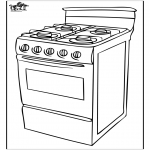 |
| cooker |
·
Show
the kitchen flashcard “ What’s this?
This is the kitchen” and stick it in the blackboard. Encourage the
children to repeat after you . then show the pan flashcard, “What’s this? This
is a pan. The pan is in the kitchen” and stick it under the kitchen flashcard.
Encourage the children to repeat after you.
Do the same with the other flashcards.
·
Introduce
the vocabulary of living room using
flashcards: sofa, TV, table, chair,
plant and phone, using the same structures.
·
Play
a game with the flashcards, cover them one by one and tell the children to
guess it.
·
Mix
the flashcards of the two rooms and ask children to help you in order to put
the flashcards in the correct room/part of the house.
·
Worksheet: Colour the pictures
CLOSING ACTIVITIES
Look and prise children’s work
SESSION 6
OPENING ACTIVITIES
ROUTINE
MAIN ACTIVITIES
Introduce the key vocabulary and once they are
familiar with it, initiate the Power
Point presentation with the story “The
old house”. Use flashcards and pictures on the blackboard.
While we show the presentation we have to read
this script giving more details and focusing on some basic aspects of the story.
Is Felix in the garage? Yes/No
Is felix in the dinning room?
Is Felix in the garage?
Is felix in the kitchen?
Is Felix in the bedroom?

CLOSING ACTIVITIES
Ask children questions such as:
What can you do in the
living room?
Where is the cooker?
What is in the
Kitchen?
What is in the fridge?
SESSION 7
OPENING ACTIVITIES
ROUTINE
MAIN ACTIVITIES
Vocabulary
Presentation:
Flashcards: Introduce different rooms in a
house.
LANGUAGE PRESENTATION:
The teacher asks the students about where they
live, using the structure:
· Where do you live? I live in a …
They recognise the parts of their houses, using
the structure:
· This is my bedroom…….
Description.
Using the photos children have brought us of
their houses , we print them and make a big mural on the wall called MY HOUSE.
In this mural we will have one house ready for each pupil in the classroom. We
label each one with their names e.g. Pedro´s house, Natalia´s flat, etc. For those pupils that do not bring
photos we prepare some pictures to complete their houses. They present their
houses to the rest of the classroom, using I
live in a house/flat. This is my living room, this is my bathroom, etc.
They label all the room using sentences from
worksheet.
My house. Mural
Name__________
Complete, cut and label your house.
I live in a ______
This is my bedroom
This is my _______
This is my _______
This is __ _______
This __ __ _______
CLOSING ACTIVITIES
“THE CRAZY HOUSE”
Use the house elements flashcards (fridge, lamp, pan,…) .
Stick a big house on the blackboard and place the elements of the house in the wrong place (e.g. the fridge in the bathroom or the bed in the kitchen)
Encourage them to tell the right place.
Suscribirse a:
Entradas (Atom)
